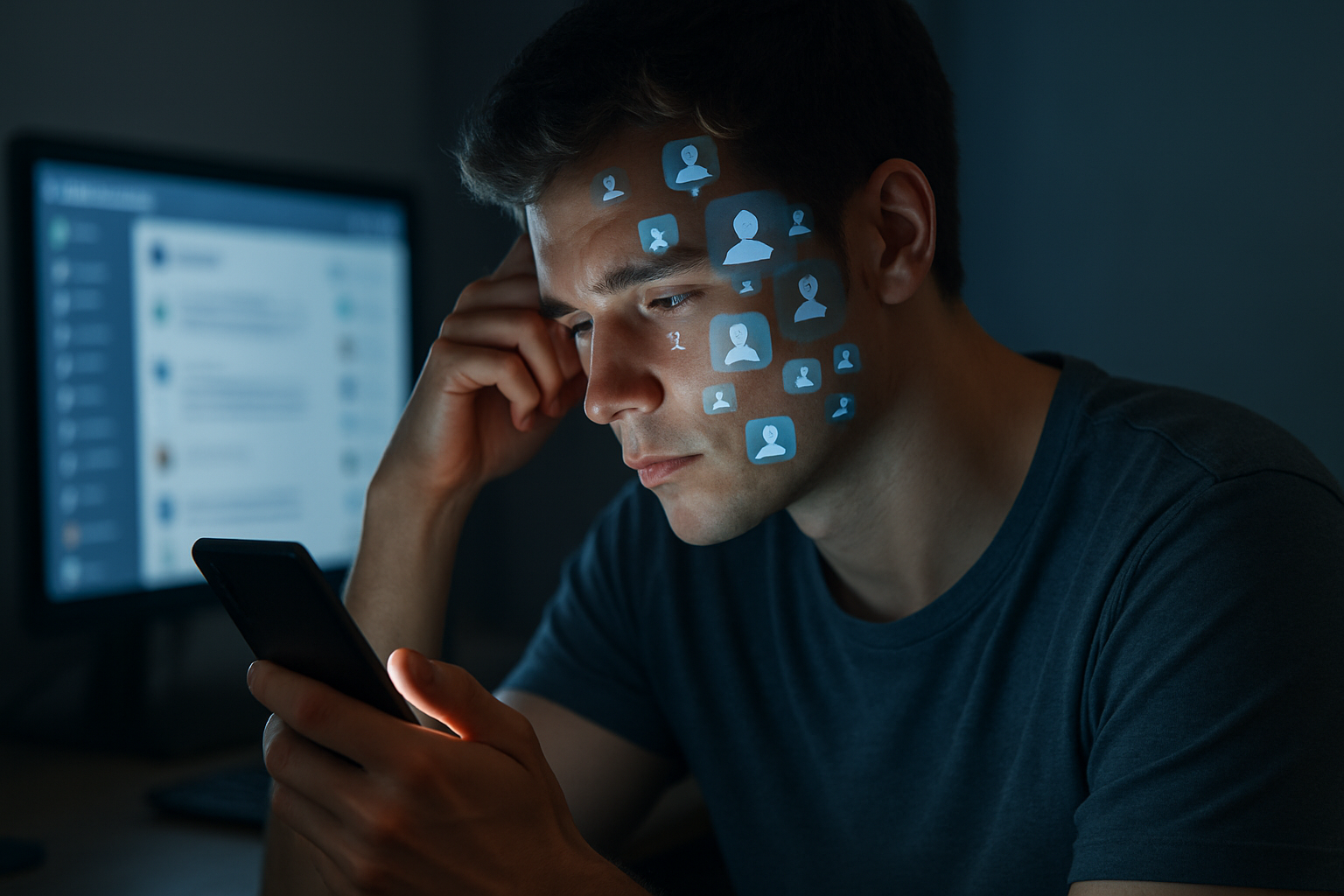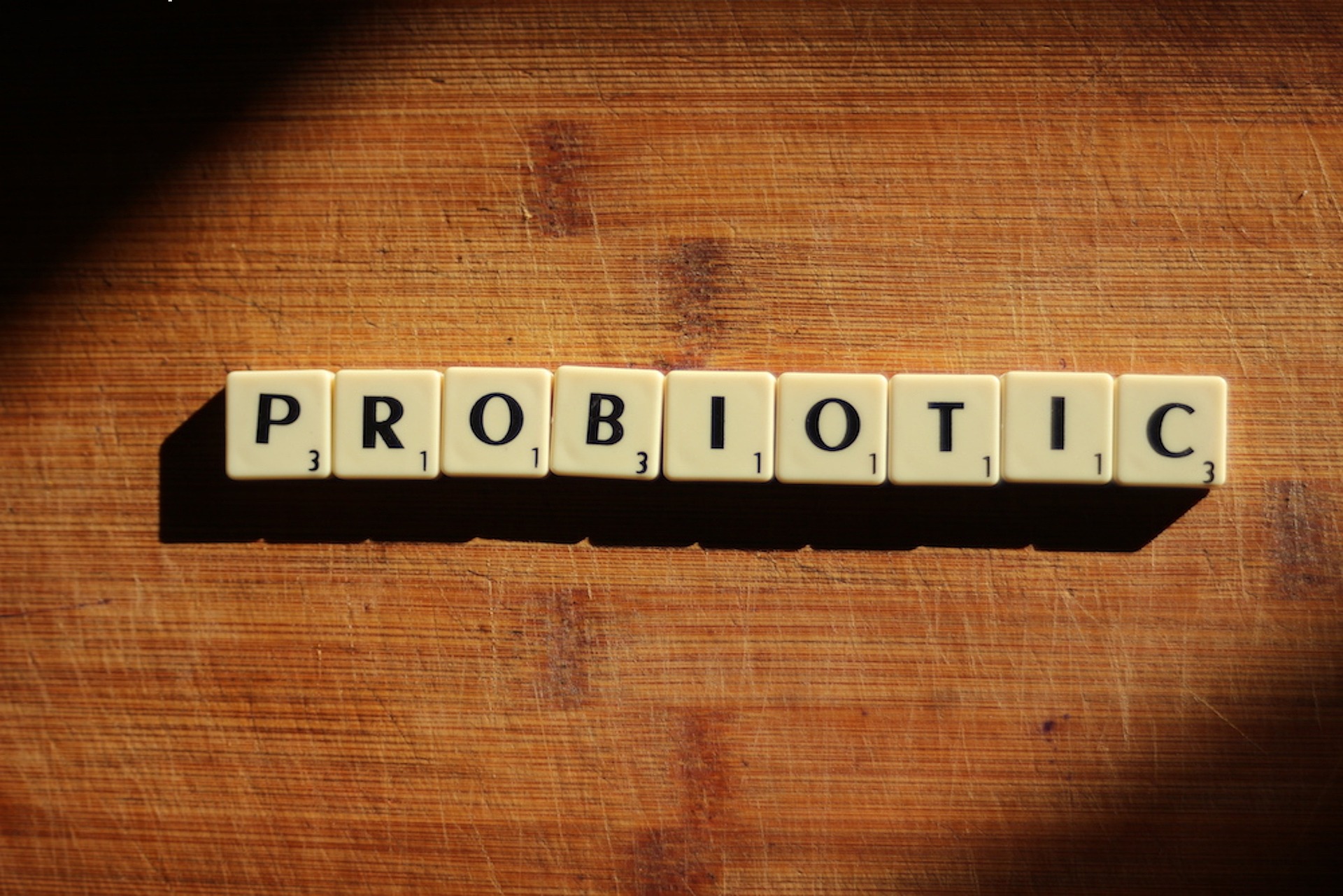Anxiety in the Digital Age: Navigating Modern Stressors
Anxiety disorders have become increasingly prevalent in recent years, with the digital age introducing a host of new stressors that contribute to this rising tide of mental health challenges. The constant connectivity, information overload, and social media pressures of our modern world have created a perfect storm for anxiety to flourish. As we navigate this landscape, it's crucial to understand how these factors interact with our mental well-being and what strategies we can employ to maintain balance. This article delves into the intricate relationship between technology, society, and anxiety, exploring both the challenges and potential solutions in our rapidly evolving digital ecosystem.

The smartphone, in particular, has become both a source of connection and a wellspring of anxiety. The average person checks their phone 96 times a day, creating a near-constant state of alertness and potential stress. This behavior can lead to a fear of missing out (FOMO) and a compulsive need to stay connected, even at the expense of real-world experiences and relationships.
Moreover, the rise of social media has introduced new dimensions to social anxiety. The carefully curated images of success and happiness on platforms like Instagram and Facebook can create unrealistic standards and foster feelings of inadequacy. The instant nature of digital communication has also heightened expectations for immediate responses, adding another layer of pressure to our daily interactions.
The Neuroscience of Digital Anxiety
Recent neuroscientific research has begun to shed light on how our brains respond to the constant stimulation of the digital world. Studies have shown that frequent smartphone use can alter brain structure and function, particularly in areas related to attention and emotional processing.
The dopamine-driven feedback loops created by social media likes and notifications can be particularly problematic. Each notification triggers a small release of dopamine, the neurotransmitter associated with pleasure and reward. Over time, this can lead to a form of addiction, where we become increasingly reliant on these digital interactions for emotional satisfaction.
Furthermore, the blue light emitted by screens has been shown to disrupt our circadian rhythms, potentially leading to sleep disturbances that can exacerbate anxiety symptoms. The constant exposure to screens, especially in the hours before bedtime, can make it difficult for our brains to wind down and prepare for restorative sleep.
Information Overload and Decision Fatigue
One of the most significant contributors to digital-age anxiety is the sheer volume of information we’re exposed to daily. The human brain is not equipped to process the amount of data we encounter in our modern lives, leading to what psychologists call “information overload.”
This overload can manifest in several ways. It can lead to decision fatigue, where the constant need to make choices (even small ones like which link to click or which post to read) depletes our mental energy. It can also contribute to a sense of overwhelm, as we struggle to keep up with the never-ending flow of news, updates, and messages.
Moreover, the prevalence of conflicting information online can lead to increased uncertainty and anxiety about making the “right” decisions. Whether it’s choosing a diet, making financial decisions, or forming opinions on complex issues, the abundance of often contradictory information can paralyze us with indecision.
The Impact on Relationships and Social Skills
While digital technology has expanded our ability to connect with others, it has also fundamentally altered the nature of our relationships. The ease of digital communication has, in some cases, led to a decline in face-to-face interactions and the development of crucial social skills.
For many, particularly younger generations, the prospect of real-world social interactions can provoke significant anxiety. The controlled environment of digital communication, where one can carefully craft responses and avoid immediate reactions, can make in-person interactions feel unpredictable and stressful.
Additionally, the constant availability of digital distractions can interfere with our ability to be fully present in our relationships. The phenomenon of “phubbing” – snubbing someone in favor of your phone – has become a common source of tension in both personal and professional relationships.
Strategies for Managing Digital Anxiety
Despite the challenges posed by our digital world, there are numerous strategies we can employ to manage anxiety and foster healthier relationships with technology:
-
Digital Detoxes: Regular periods of disconnection from digital devices can help reset our relationship with technology and reduce anxiety.
-
Mindful Technology Use: Being intentional about when and how we use technology can help us maintain control over our digital habits.
-
Cultivating Real-World Connections: Prioritizing face-to-face interactions and activities can help balance our digital and physical social lives.
-
Cognitive Behavioral Therapy (CBT): This form of therapy can be particularly effective in addressing anxiety related to social media use and digital overwhelm.
-
Implementing Digital Boundaries: Setting specific times for checking emails or social media can help reduce the constant pressure to be “always on.”
The Role of Tech Companies and Policy Makers
As awareness of digital anxiety grows, there’s increasing pressure on tech companies and policymakers to address these issues. Some companies have begun implementing features designed to promote digital well-being, such as screen time tracking and app usage limits.
However, critics argue that these measures don’t go far enough and that more fundamental changes are needed in how digital platforms are designed and regulated. There are ongoing debates about the ethics of attention-grabbing algorithms and the need for stronger data privacy protections.
Moving forward, it will be crucial for society to grapple with these issues and find ways to harness the benefits of digital technology while mitigating its negative impacts on mental health.
Balancing Progress and Well-being
As we continue to navigate the digital age, it’s clear that anxiety will remain a significant challenge. However, by understanding the factors contributing to digital anxiety and implementing strategies to manage our technology use, we can work towards a healthier relationship with the digital world.
The key lies in finding a balance – embracing the benefits of technology while maintaining our connection to the physical world and our own inner selves. As individuals and as a society, we must strive to create digital environments that support rather than undermine our mental well-being. By doing so, we can hope to reap the rewards of technological progress without sacrificing our psychological health in the process.





